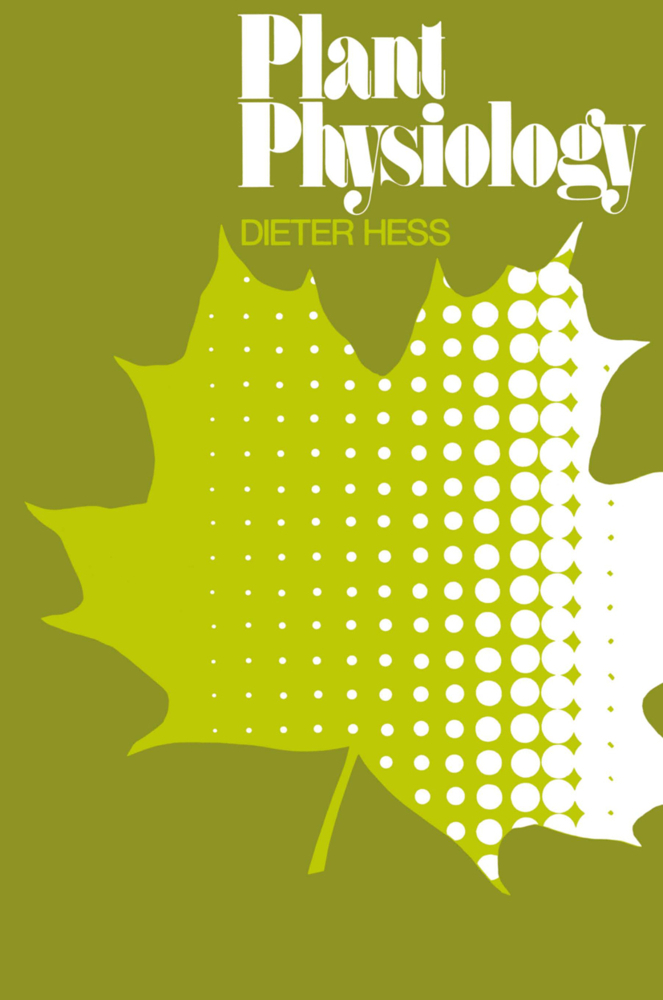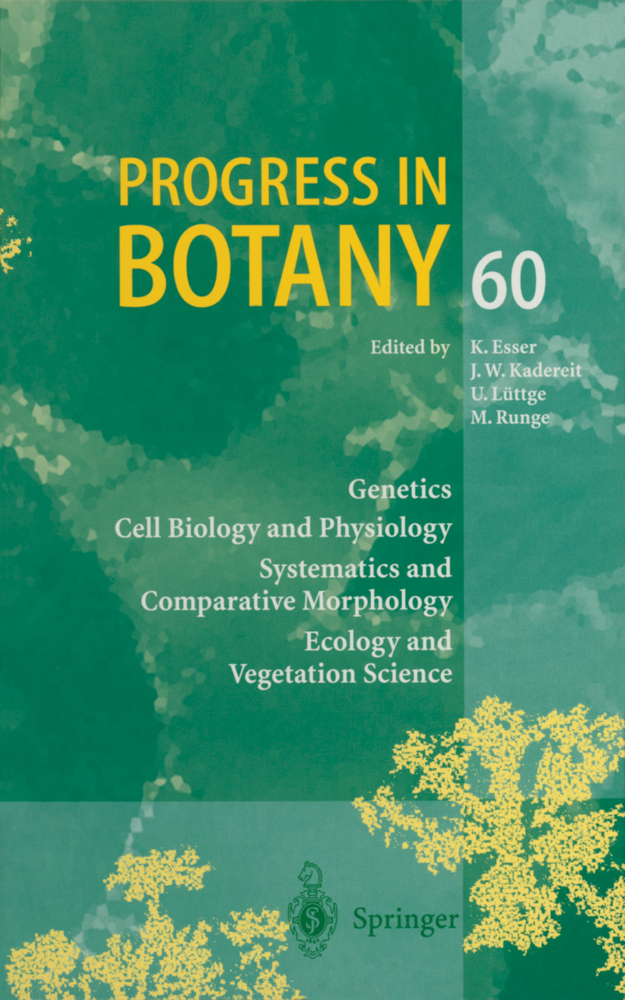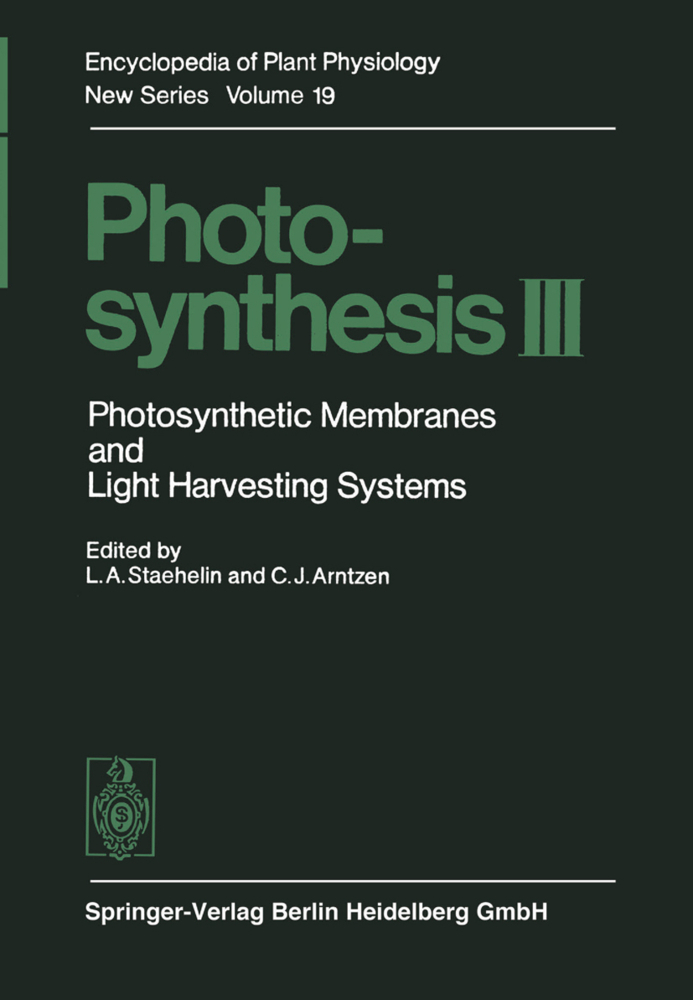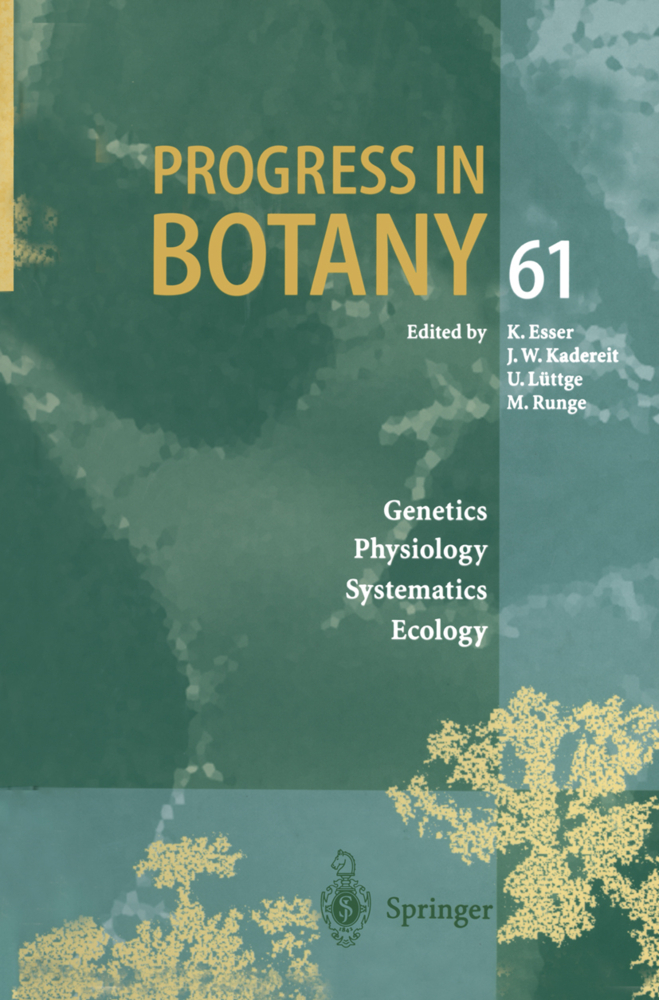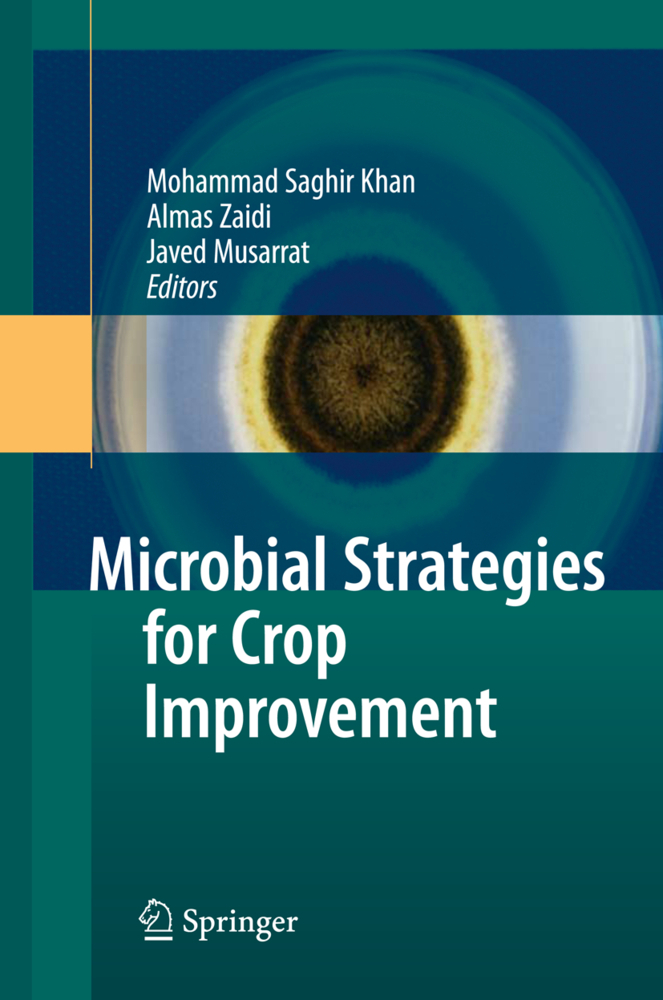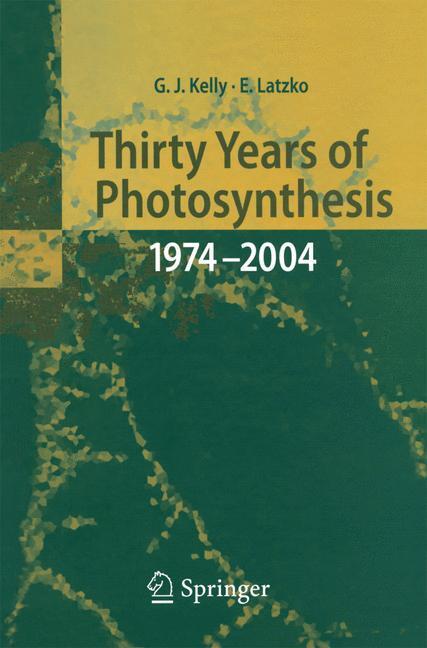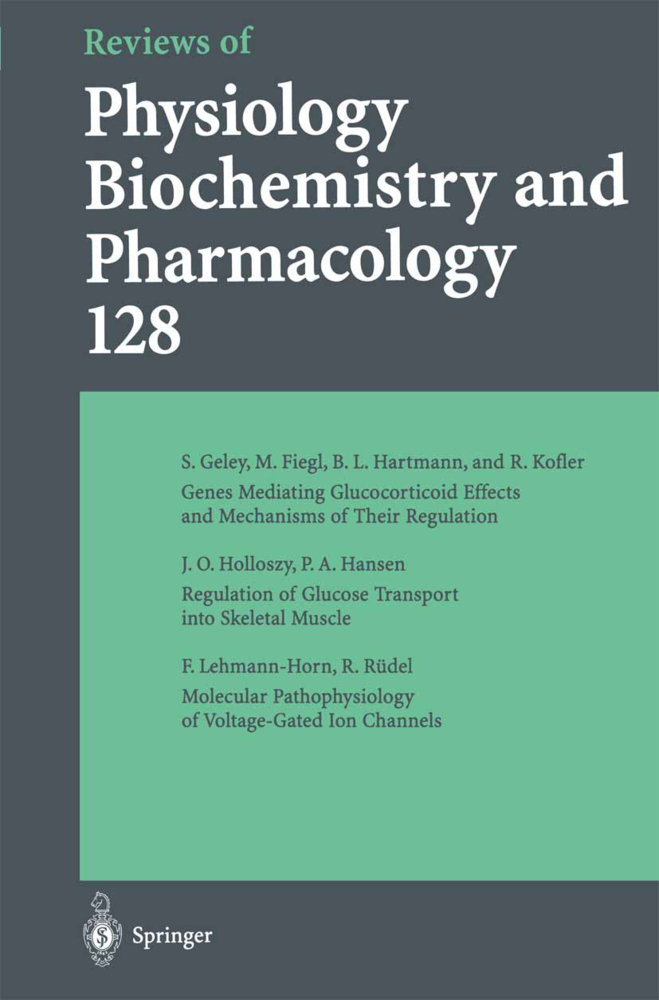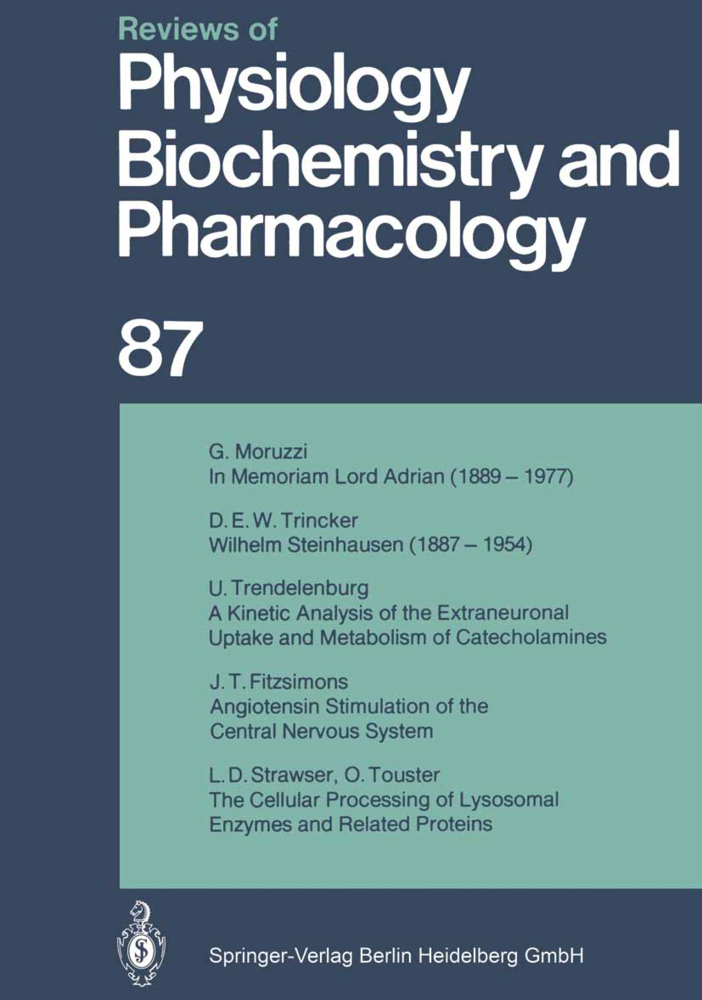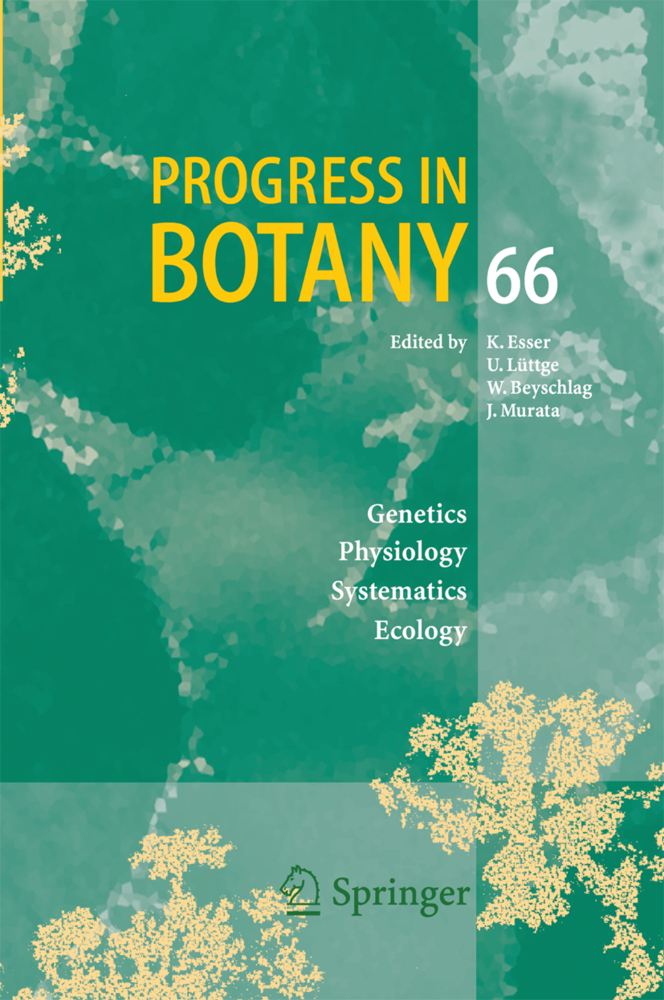Plant Physiology
Molecular, Biochemical, and Physiological Fundamentals of Metabolism and development
Plant Physiology
Molecular, Biochemical, and Physiological Fundamentals of Metabolism and development
In recent years, molecular biology has infiltrated into all branches of botany. This is particularly true of plant physiology. This book attempts to provide an introduction to the metabolic and developmental physiology of higher plants from a molecular biological point of view. Starting from the heterocatalytic function of DNA the first ten chapters deal with metabolism; development is presented in the last nine, starting from the autocatalytic functions of DNA and including certain topics oriented more toward metabolic physiology. Both fields of plant physiology are so closely linked that an in tegrated presen tation of this kind seemed not only possible but desirable. In contrast to other accounts, an attempt has been made to give equal weight to metabolism and development. In particular, the so-called "sec ondary" plant materials, which are of considerable interest to the phar macist, the nutrition technologist, the plant breeder, and the agriculturalist, as well as to the biologist, are treated sufficiently. It is ob vious that the wealth of material made an illustrative style of presentation necessary. The book is intended for beginners, and so it has had, in part, to be simplified. Even so it has not been possible to write it without mentioning hypotheses that anticipate much more research. The beginner ought also to learn how working hypotheses are first postulated on the basis of cer tain facts and then must either be proved or refuted.
B. Direct Evidence for the Role of the Nucleic Acids as Carriers of Genetic Information
C TheHeterocatalytic Function of DNA: Transcription and Translation
Photosynthesis
A. Division °f PhotoSynthesis into Primary and Secondary Processes
B. Primary Processes of Photosynthesis
C. Secondary Processes of Photosynthesis
D. The Chloroplast: Site of Photosynthesis
Carbohydrates
A. Monosaccharides
B. Oligosaccharides and Polysaccharides
Biological Oxidation
A. Glycosis
B. Oxidative Decarboxylstion of Pyruvate, Formation of Active Acetate
C. Citric Acid Cycle
D. The Respiratory Chain
E. Mitochondria as Power Plants
Fats
A. Chemical Constitution of the Fatty Acids
B. Biosynthesis of the Fatty Acids
C. Biosynthesis of the Neutral Fats
D. Degradation of the Fats
E. The Glyoxylate Cycle
Terpenoids
A. Chemical Constitution
B. Secondary Plant Substances
C. Volatile Oils
D. Biosynthesis (General)
E. Biosynthesis (Particular)
Phenols
A. Chemical Constitution
B. Biosynthesis (General)
C. Biosynthesis (Particular)
Amino Acids
A. The Reduction of Nitrogen
B. Reductive Amination
C The Formation of Glutamine
D. Transamination
E. The Origin of the C Skeleton of the Amino Acids
Alkaloids
A. Derivatives of the Aliphatic Amino Acids, Ornithine and Lysine
B. Derivatives of the Aromatic Amino Acids, Phenlalanine and Tyrosine
C. Derivative of the Amino Acid Tryptophan: Indole Alkaloids and Derivatives
D. Purine Alkaloids
E. Biochemical Systematics
Porphyrins
Cell Division
A. Development-Growth and Differentiation
B. Cell Division
Differential Gene Activity as Principle of Differentiation
A.Totipotency
B. Differential Gene Activity: The Phenomenon
Regulation
A. States of Activity of the Gene
B. Regulation: Point of Departure
C. Regulation by Internal Factors
D. Regulation by External Factors
Polarity and Unequal Cell Division as Fundamentals of Differentiation
A. Polarity
B. Unequal Cell Division
Cell Elongation
A. The Phenomenon
B. The Process of Elongation Within a Cell
C. Regulation
The Formation of Seeds and Fruits
A. Complex Developmental Processes and Their Regulation
B. Formation of Seeds and Fruit
Germination
A. Dormancy
B. Conditions for Germination
C. Mobilization of Reserve Materials
D. Assembly of the Photosynthetic Apparatus
E. Regulation of Germination by Photohormones
F. Regulation of Germination and Evolution
The Vascular System
A. The Elements
B. Differentiation
C. Function
Flower Formation
A. Definitions
B. Temperature and Flower Induction: Vernalization
C. Length of Day and Flower Induction: Photoperiodism
Sources of Illustration.
Control of Character Formation by Nucleic Acids
A. The Chemical Constitution of the Nucleic AcidsB. Direct Evidence for the Role of the Nucleic Acids as Carriers of Genetic Information
C TheHeterocatalytic Function of DNA: Transcription and Translation
Photosynthesis
A. Division °f PhotoSynthesis into Primary and Secondary Processes
B. Primary Processes of Photosynthesis
C. Secondary Processes of Photosynthesis
D. The Chloroplast: Site of Photosynthesis
Carbohydrates
A. Monosaccharides
B. Oligosaccharides and Polysaccharides
Biological Oxidation
A. Glycosis
B. Oxidative Decarboxylstion of Pyruvate, Formation of Active Acetate
C. Citric Acid Cycle
D. The Respiratory Chain
E. Mitochondria as Power Plants
Fats
A. Chemical Constitution of the Fatty Acids
B. Biosynthesis of the Fatty Acids
C. Biosynthesis of the Neutral Fats
D. Degradation of the Fats
E. The Glyoxylate Cycle
Terpenoids
A. Chemical Constitution
B. Secondary Plant Substances
C. Volatile Oils
D. Biosynthesis (General)
E. Biosynthesis (Particular)
Phenols
A. Chemical Constitution
B. Biosynthesis (General)
C. Biosynthesis (Particular)
Amino Acids
A. The Reduction of Nitrogen
B. Reductive Amination
C The Formation of Glutamine
D. Transamination
E. The Origin of the C Skeleton of the Amino Acids
Alkaloids
A. Derivatives of the Aliphatic Amino Acids, Ornithine and Lysine
B. Derivatives of the Aromatic Amino Acids, Phenlalanine and Tyrosine
C. Derivative of the Amino Acid Tryptophan: Indole Alkaloids and Derivatives
D. Purine Alkaloids
E. Biochemical Systematics
Porphyrins
Cell Division
A. Development-Growth and Differentiation
B. Cell Division
Differential Gene Activity as Principle of Differentiation
A.Totipotency
B. Differential Gene Activity: The Phenomenon
Regulation
A. States of Activity of the Gene
B. Regulation: Point of Departure
C. Regulation by Internal Factors
D. Regulation by External Factors
Polarity and Unequal Cell Division as Fundamentals of Differentiation
A. Polarity
B. Unequal Cell Division
Cell Elongation
A. The Phenomenon
B. The Process of Elongation Within a Cell
C. Regulation
The Formation of Seeds and Fruits
A. Complex Developmental Processes and Their Regulation
B. Formation of Seeds and Fruit
Germination
A. Dormancy
B. Conditions for Germination
C. Mobilization of Reserve Materials
D. Assembly of the Photosynthetic Apparatus
E. Regulation of Germination by Photohormones
F. Regulation of Germination and Evolution
The Vascular System
A. The Elements
B. Differentiation
C. Function
Flower Formation
A. Definitions
B. Temperature and Flower Induction: Vernalization
C. Length of Day and Flower Induction: Photoperiodism
Sources of Illustration.
Hess, D.
| ISBN | 978-3-540-06643-9 |
|---|---|
| Artikelnummer | 9783540066439 |
| Medientyp | Buch |
| Copyrightjahr | 1975 |
| Verlag | Springer, Berlin |
| Umfang | XVI, 334 Seiten |
| Abbildungen | XVI, 334 p. 89 illus. |
| Sprache | Englisch |

